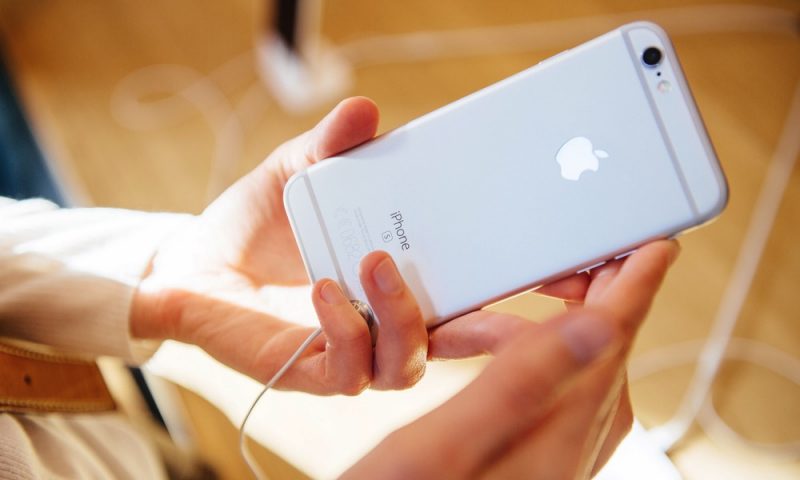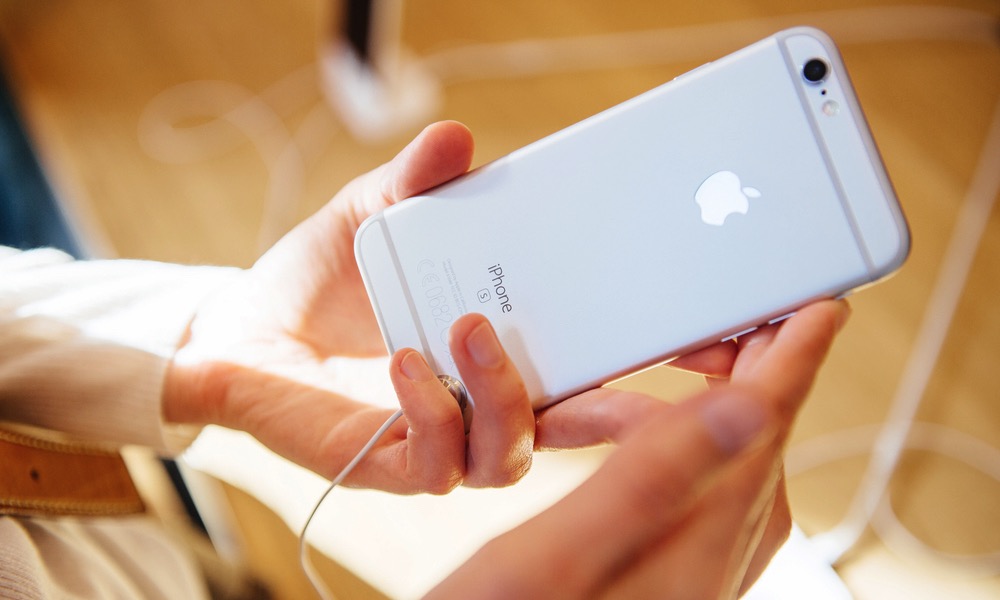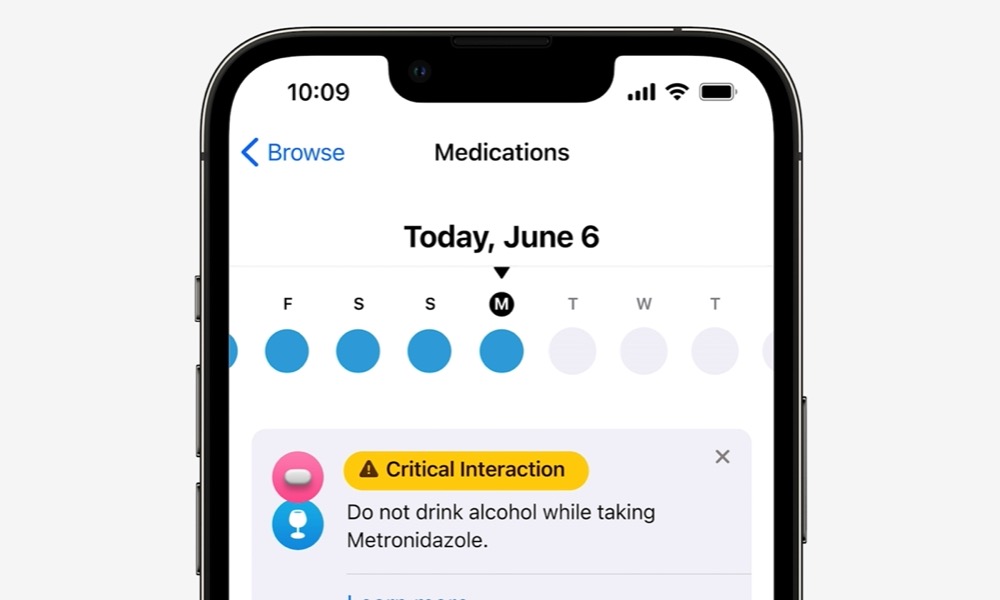This Proves It’s a Good Idea to Sell Your Old iPhones BEFORE Apple’s WWDC

 Credit: Hadrian / Shutterstock
Credit: Hadrian / Shutterstock
iPhone 6s and iPhone 7 series devices, all of which were dropped from the roster of iPhones that will be supported by iOS 16 later this year, depreciated by approximately 10 percent of their value in the week following WWDC, according to an analysis by SellCell.
Although this shouldn’t come as too big of a surprise, it’s the first time we’ve seen this effect take hold in quite some time. The last model to be dropped by a major iOS update was the 2014 iPhone 6, which was left behind after iOS 13 was released in 2019.
The lack of support for the iPhone 7 and iPhone 7 Plus in iOS 16 was somewhat more surprising, considering that Apple rarely drops two years of iPhone models in one fell swoop.
6 Apps Everyone Should Absolutely Have on Their iPhone & iPad – Number 1 is Our Favorite
The App Store has become completely oversaturated with all the same repetitive junk. Cut out the clutter: These are the only 6 iPhone apps you’ll ever need…Find Out More

However, it’s also fair to say that the iPhone 6s cutoff was long overdue; it was first released with iOS 9 and remains supported by iOS 15. With six major software updates, the iPhone 6s beat the previous record set by the iPhone 5s, which ran iOS 7 through iOS 12.
The Effect on Resale Values
According to SellCell, which specializes in comparing smartphone prices, a 128GB iPhone 6s Plus dropped 11.7 percent in a single week, while the standard 128GB iPhone 6s depreciated by only 7.9 percent.
The iPhone 7 and iPhone 7 Plus models landed in the middle of that curve, with 256GB versions losing only 10.1% and 9.8% of their value, respectively.
While those percentages sound significant, it’s worth keeping them in the proper context. Most of these iPhones didn’t have much resale value to begin with. For instance, the average selling price of a 128GB iPhone 6s Plus on June 6, 2022, was $94; the price of that same model on June 12 had dropped to $83. That’s a downturn of only $11.
Even the highest-priced iPhone on the list — the 256GB iPhone 7 Plus — only dropped by $14 in terms of the absolute price, going from $138 on June 6 to $124 on June 12.
SellCell notes that later iPhone models were unaffected. It speculates this is because these will receive the iOS 16 update.
However, there could be other factors in play here. Notably, the iPhone 6s Plus was recently added to Apple’s Vintage Products list, which means it’s no longer eligible for even paid repairs from Apple or an Apple Authorized Service Provider. There’s no guarantee that service parts will be available. That’s likely a considerably more serious disincentive for anybody looking to buy a used iPhone.
Meanwhile, the standard iPhone 6s, which depreciated far less, will remain off that list until 2023 since it was sold in some places until September 2018. Products aren’t considered “vintage” by Apple until they’ve been off the market for at least five years.
‘Planned Obsolescence’?
In its report, SellCell pointedly accuses Apple of “planned obsolescence” — a practice of deliberately rendering a device “unusable when it is still in perfectly good working order” so that it can force users to upgrade to newer ones.
That’s not a fair assessment in this case, though. The iPhone 6s and iPhone 7 remain entirely usable on iOS 15 and will continue to be usable on that version of iOS until they stop working for other reasons.
Although Apple has sometimes been guilty of encouraging users to upgrade to new versions of iOS when perhaps they shouldn’t, it’s very rarely done anything to cripple a device that was happily running an older version of iOS. Sometimes things break by accident, and there was one case where FaceTime broke in iOS 6, forcing users to update to iOS 7 to continue using the service. So, it does happen, but it doesn’t happen very often.
As we’ve said before, Apple doesn’t deliberately slow down older iPhones, even with iOS updates, as it wouldn’t be in the company’s best interests to do so. If you’re frustrated with the performance of your iPhone 6s on iOS 15, you won’t be especially eager to go out and buy a newer iPhone. Apple doesn’t want people who upgrade grudgingly, as those folks are much more likely to eventually get exasperated enough to jump ship. Again, Apple has made some blunders in this area, but as Hanlon’s razor posits, “never attribute to malice that which is adequately explained by stupidity.”
It’s a reality of technology that newer operating systems place more demands on hardware. At some point, Apple has to choose between supporting older devices at increasingly poor performance levels or leaving them behind.
Those devices that don’t make the cut still work fine on the current iOS release, and Apple continues to supply security updates and other important bug fixes. Most of the new features in iOS 16 probably wouldn’t run well on an iPhone 6s or iPhone 7 anyway; these models were already left out of most of iOS 15’s best features last year.
Perhaps the biggest downside to the iPhone 6s and iPhone 7 being stuck on iOS 15 will be the lack of compatibility with editing and unsending iMessages in iOS 16. As things stand now, these features won’t have any effect when you’re in a conversation with somebody running an older version of iOS, although Apple could address this with an iOS 15 point release down the road.







